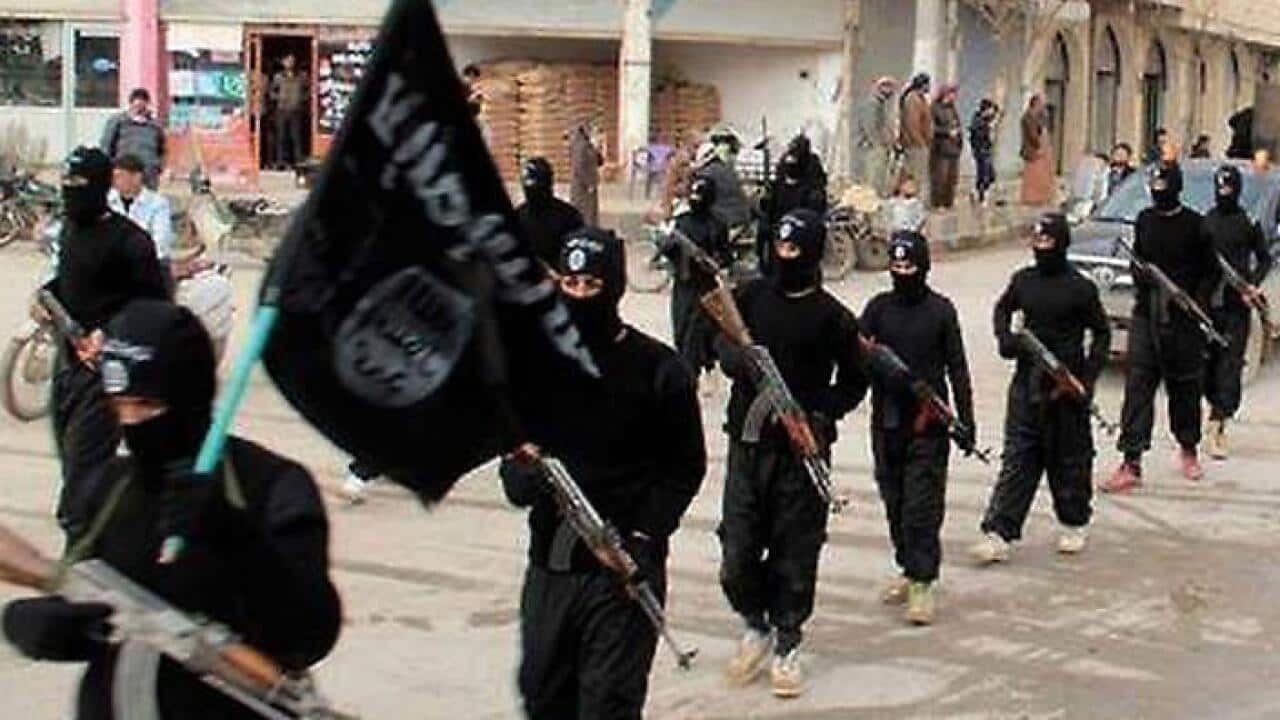ISIS has shown the capacity to assimilate other extremist Sunni organisations, such as . The violence it perpetrates is in many ways broader than that wrought by other groups; it includes a wide array of attacks on humanitarian aid organisations, videoed beheadings, kidnappings and suicide attacks.
But ISIS’s desire to create a caliphate also tolerates no other armed group capable of challenging its jihadist credentials. This has seen the group for harming others dedicated to the creation of an Islamic nation.
ISIS’s swift seizure of territory in Iraq in recent weeks was a shock given claims that they were in decline, and had been expelled from areas such as and – claims that have turned out to be far wide of the mark. Evidently, under the leadership of , ISIS have reformed and re-dedicated their efforts.
Seizing the day
ISIS still has a weakness: it remains largely rejected by Sunni public opinion. This presents Iraqi prime minister Nouri al-Maliki with an opportunity to undermine them militarily; it also means he has an opportunity to win over Sunnis in the fight against them.
To do this, al-Maliki must stop refusing to develop an inclusive political system of equal treatment, and most importantly transparent justice. He could rid Sunni districts of ISIS and at the same time reverse – exactly the kind of toxic political infighting that groups like ISIS seize upon with lust.
And this animosity runs deep; it is central to the mess that is post-invasion Iraq. When I first began meeting with Iraqi parliamentarians back in 2006, I was struck by the weariness of the secularists, and the growing confidence among the ethno-sectarians. As we saw in the carnage of the subsequent years, the US had initiated a crisis that was to be endlessely manipulated by myriad political forces, all hellbent on becoming the new “hard men” of Iraq. Well-meant lessons and sage advice all became fuel to the fire of sectarian power brokerage.
The policy of and the ushered in a new sectarian era, and destroyed any chance of real domestic order. The exclusion of Ba’athists from the nation-building process allowed sections of the Shiite political classes to decide that “Ba’athist” simply meant Sunni. Defending your own became the new cause, whilst inclusive nation-building was forgotten. And while the US bumbled, stumbled and fumbled, Al-Maliki seized greater control.
The transitional justice and due process mechanisms required for accountability were trampled. The rise of al-Maliki continued de-Ba’athification, and convinced the more restive sections of the Sunni population that fight was better than flight. Using opaque laws to remove electoral candidates, maintaining power with the support of anti-Ba’ath elements added to Sunni grievances, layered reaction and the loss of faith in democracy building.
Sunnis increasingly viewed the future as one of exclusion and political bleakness – and so began a shift from “when I hear the word gun, I reach for my culture” to “when I hear the word culture, I reach for my gun”.
Now, with Baghdad on tenterhooks, a state of emergency , and al-Maliki unlikely to seize the opportunity for a moment of unity, the last decade’s failures have truly caught up with Iraq. Peter Shirlow does not work for, consult to, own shares in or receive funding from any company or organisation that would benefit from this article, and has no relevant affiliations.
Peter Shirlow does not work for, consult to, own shares in or receive funding from any company or organisation that would benefit from this article, and has no relevant affiliations.

